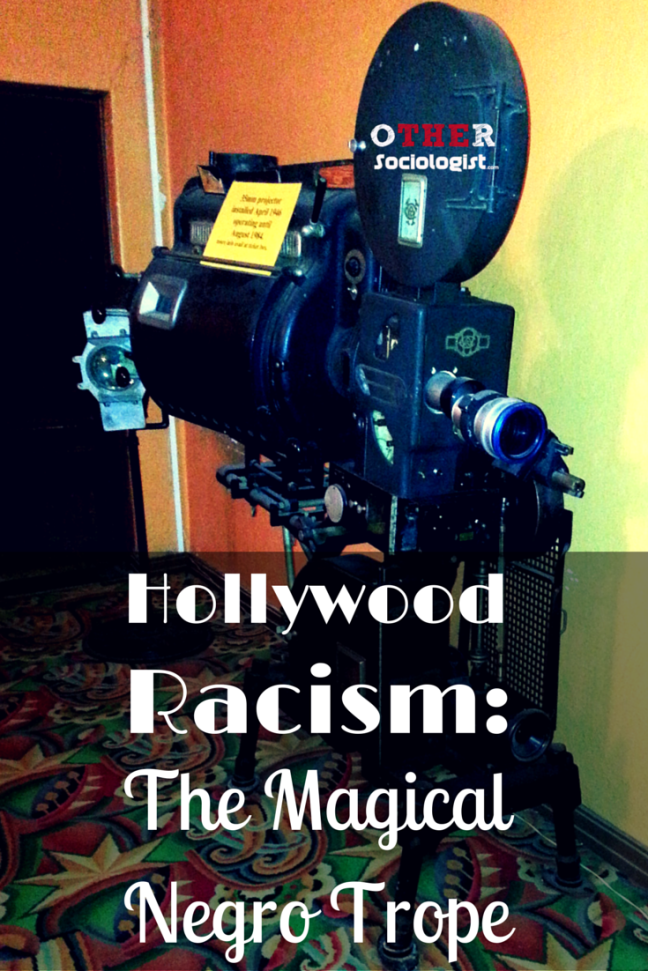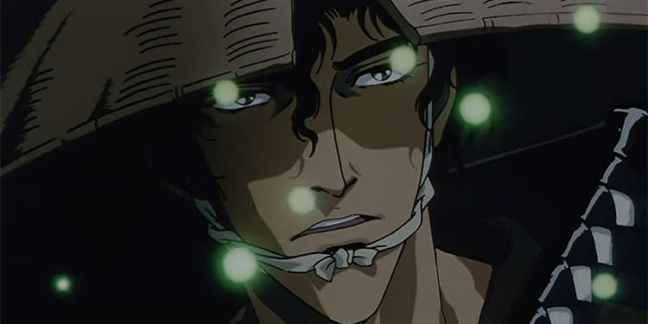By Zuleyka Zevallos
Adam Serwer reports in Mother Jones that George Lucas’ latest film, Red Tails had trouble getting made, partly because the “studios weren’t willing to finance a film without a white protagonist as an anchor”. Lucas’ claim can be put into wider historical context by examining the entrenched racist practices of big Hollywood studios. In particular, the idea of the “magical negro trope” puts things into perspective. This term refers to the way valiant Black characters in movies exist only as a narrative device to teach the white protagonist how to be a better person. This post explores variations of the “magical negro” and the gendered dimensions of these characters.


